Introduction: Top-quality whiteboard paints produce surfaces that are durable and smudge resistant and can last for ten or more years of regular use without the need for recoating. However, it’s important to follow the instructions for use that come with your paint kit if you want your whiteboard surface to retain its smudge-resistant properties and remain free of “ghosting,” the unsightly gray areas that appear regularly on traditional whiteboards and can also show up on quality whiteboard surfaces if the maintenance procedures are not followed, or if the application was done improperly. The term ghosting relates to the fact that the gray areas contain the “ghosts” or faint remnants of dry erase markings that were made previously and then not fully removed when erased.
Our years of research and real-world experience in applying and using our products have shown that the best way to keep a whiteboard painted surface looking new and ready for use is to take time to read the maintenance instructions provided with our paint kits before ever trying to write or draw on the surface. Thus, you won’t need to live with a quality whiteboard painted surface that is subject to ghosting. Just keep the surface spotless by following the accepted maintenance procedures to ensure that your texts and drawings are always easy to see and that your ideas and information are effectively conveyed. Below are some of the key causes of ghosting along with ways to ensure that your whiteboard surfaces remain “ghost free” throughout their lifetimes.
Improper application of whiteboard paint
If you try to improvise or deviate from the instructions when applying our high-end whiteboard paint, problems may arise that affect the erasability of your surface and set the stage for ghosting to occur. On porous surfaces such as the melamine found on low-priced traditional whiteboards, dry erase marker ink can settle into the pores, so it can’t be erased completely and ghosting appears. Similarly, when our quality whiteboard paint is not applied properly, the surface can become somewhat porous after drying so as to be prone to ghosting. For example, if you stir the two-part paint formula too vigorously before application, or use an electric drill with a mixing attachment, bubbles can be produced that cause tiny crevices in the finished surface, where marker ink remains even after it’s been erased.
Another cause of an irregular whiteboard painted surface and ghosting is the use of a base coat with additives such as antimicrobial agents, wetting or dispersing agents, defoaming agents, flow modifiers, or polyvinyl acetate (PVA). These chemicals cause adverse reactions with our quality whiteboard paint to produce bubbling and other effects that could lead to ghosting and smudging after the paint has dried.
Not using the recommended markers
It’s essential to avoid using low-quality dry erase markers on your whiteboard painted surface. The most common reason for a whiteboard to ghost or stain is the fact that dry erase marker ink contains color pigments that are similar to those found in permanent markers. In fact, the only actual difference between a permanent marker and a dry erase marker is the fact that dry erase markers use an oily silicone polymer that keeps their pigments from sticking to non-porous surfaces. The ink in low-quality dry erase markers contains smaller amounts of this polymer so they tend to more easily produce staining and ghosting on whiteboards and whiteboard coated surfaces. Thus, the ink in dry erase markers is very similar to the ink in permanent markers and can stain both porous and non-porous surfaces such as top-quality whiteboard walls just as easily if you use the low-quality varieties indiscriminately.
For these reasons, it’s highly advisable to only use top-grade low-odor dry erase markers on your whiteboard painted surface. Check with your local office supply dealer or search online for information about which brands are of the highest quality and remember to use them consistently on your whiteboard surface. In this way you can avoid ghosting and smudging and help to ensure that your surface functions as it should for ten or more years without needing to be recoated.
Erasing the board with a dirty eraser or cloth
If you attempt to use a dirty eraser or cloth to erase or clean your whiteboard painted surface, some of the dry erase marker ink residue will remain on the whiteboard surface, producing ghosting and smudging. So, always remember to use a clean microfiber mitt, cloth or towel for this purpose. Microfiber materials consist of millions of extremely tiny fibers that have the capacity to trap and hold virtually all the dirt and grime they come in contact with, making them ideal for removing dry erase marker ink and leaving your premium whiteboard painted surface spotlessly clean.
To avoid the problem of dirty erasers and cloths, simply avoid using erasers altogether, as advised in the guidelines for use that come with your whiteboard paint kit, and wash your microfiber cleaning cloths regularly. To wash your microfiber cloths, first shake them to get rid of any excess dry erase marker ink, then machine wash the cloths in cold or warm water with a gentle unscented detergent, but never include fabric softener.
Erasing marks when they’re still wet
Wait for all the dry erase marker ink on your whiteboard painted surface to dry completely before attempting to erase it off. If you try to write or draw on your whiteboard surface and then immediately erase it without letting the ink dry, you can cause ghosting to occur. This happens because when you try to remove the ink before the solvent liquid (alcohol) has a chance to disperse, the ink gets smeared across the surface. However, when you let the markings on your surface dry fully, the alcohol in the ink totally evaporates, leaving only the solid particles of ink behind. Whiteboard markers are said to be dry erase, but this implies that users need to allow the ink to dry for several seconds before attempting to wipe it off. Ink-drying times for different brands of dry erase markers vary, but a good rule of a thumb is to wait for at least three seconds before wiping off any markings from your whiteboard painted wall. In this way you can make sure to avoid any issues with ghosting or smudging and help to maintain the functionality of your whiteboard surface for many years to come.
Application Over Textured Surfaces
If your whiteboard paint is applied over textured surfaces such as those with the so-called “orange peel” texture, tiny peaks and valleys will appear on your whiteboard wall, and dry erase marker ink will tend to get caught in the low areas, causing ghosting or a spotted look to appear. So, to produce a whiteboard painted surface that resists ghosting and staining, you’ll need to smooth out your current surface. You can either sand it thoroughly with 240-grit sandpaper, or spread joint compound over the walls to make it smooth, sand afterwards and then reapply our premium whiteboard paint according to the instructions.
Using industrial cleaners
Using harsh industrial-grade cleaning products on your whiteboard painted wall can cause the surface to become compromised and thus create the potential for ghosting to occur. These products contain ingredients that react chemically with the whiteboard coating to affect its sheen and reduce its resistance to staining and ghosting from dry erase marker ink. Instead, it’s best to use ReMARKable dry-erase cleaner on your wall to get rid of all smudges, ghosting, stains, and streaks and to avoid any adverse chemical reactions. Just spray a bit of the cleaner on your wall and wipe it gently with a microfiber mitt or cloth. Then wipe again with a damp microfiber cloth and finally dry it with a paper towel so that your surface will look as good as new and be ready for many years of regular use.

























































































![ReMARKable’s Winter Sale is Here! [25% Off + Free Shipping]](https://www.remarkablecoating.com/wp-content/uploads/2018/01/Red-Tag-Winter-Fashion-Facebook-Post-1-440x264.png)















![Drive Your Organization Into Openness and Watch it Expand [20% Off Whiteboard Paint]](https://www.remarkablecoating.com/wp-content/uploads/2016/04/Drive-Your-Organization-Into-Openness-and-Watch-It-Expand.-1-440x264.jpg)

![30% Off St Patrick’s Day Sale! [Details Inside]](https://www.remarkablecoating.com/wp-content/uploads/2016/03/Glorious-1-440x264.png)


![Giant Leaps Forward Require Big Spaces. [Leap Year Sale Event!]](https://www.remarkablecoating.com/wp-content/uploads/2016/02/Giant-Leaps-ForwardRequire-Big-Spaces-440x264.jpg)

















![ReMARKable Summer Sale 2018 [28% Off Whiteboard Paint]](https://www.remarkablecoating.com/wp-content/uploads/2018/06/Blue-Simple-Line-Beach-Facebook-Post-1-440x264.png)







































































































































































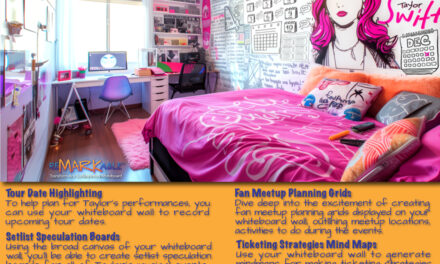



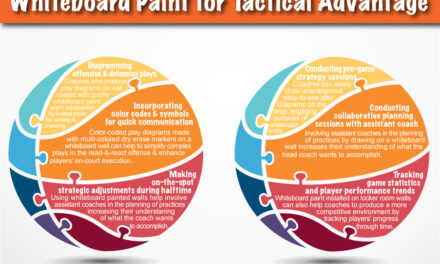





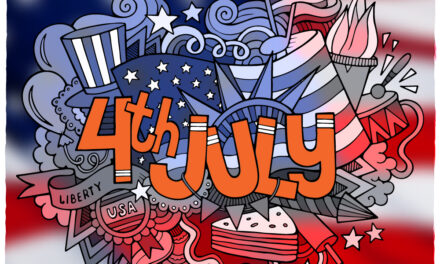

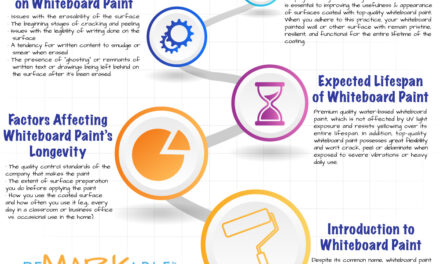

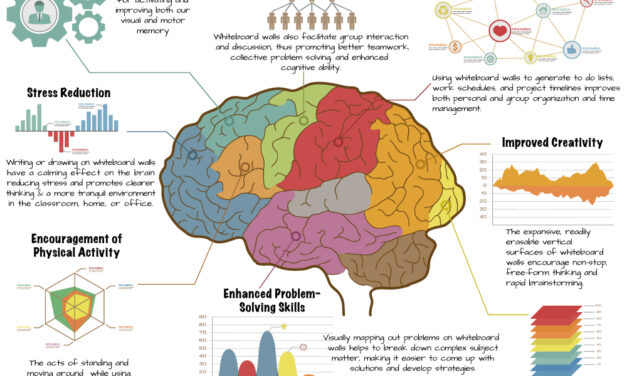














0 Comments